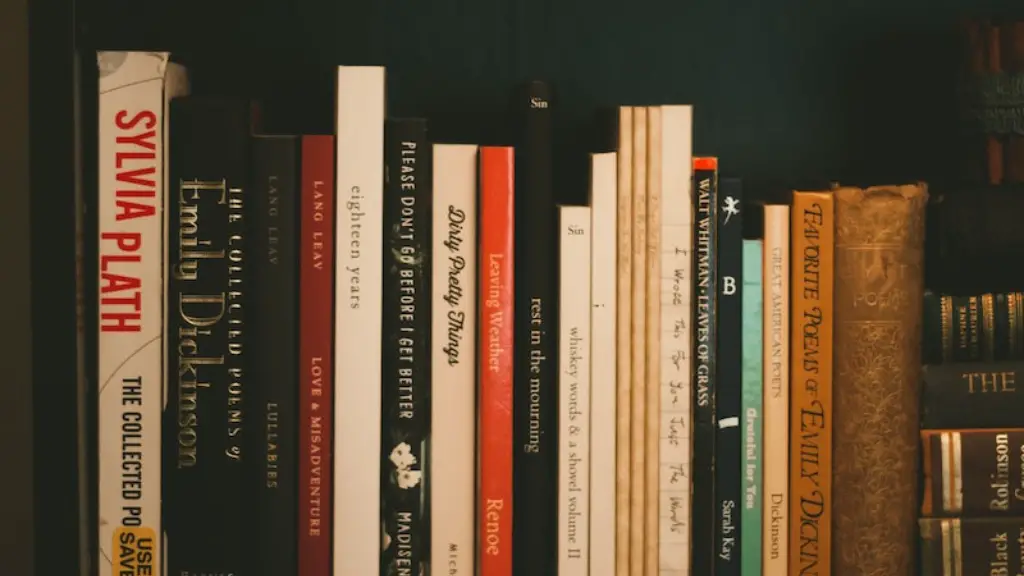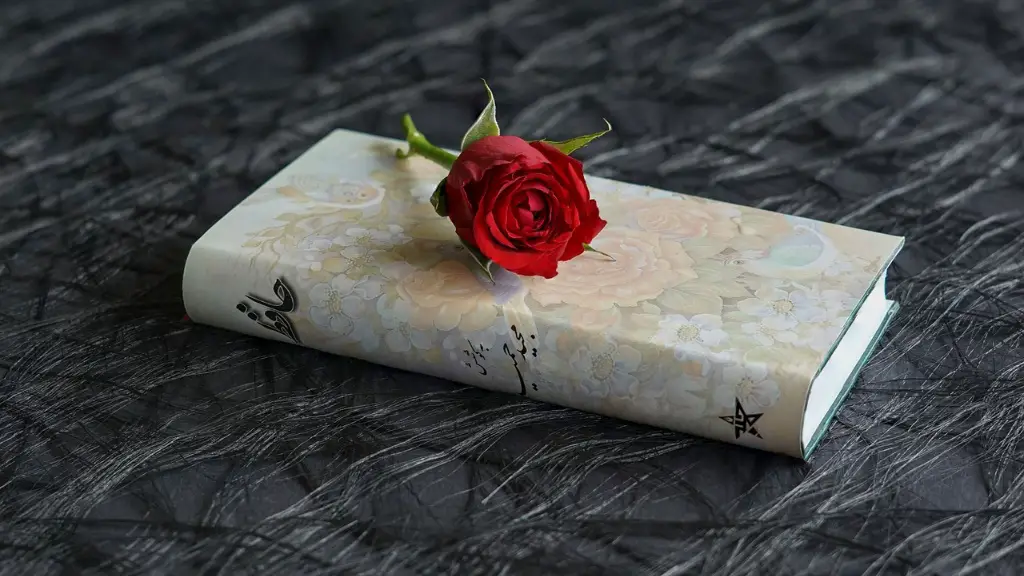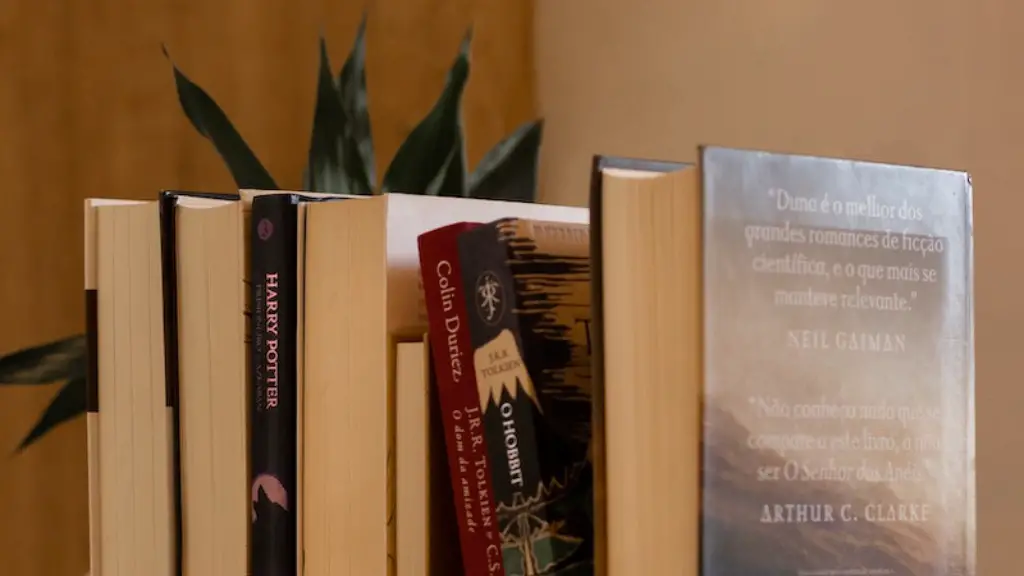Have you ever tried your hand at writing poetry? Even if you haven’t, you can likely name some of the elements of poetry. Elements of poetry include rhyme, alliteration, imagery, form, structure, meter, sound and diction. So what is the function of these elements and why are they important in poetry? Let’s take a look.
Rhyme
Rhyme is the repetition of a sound. In poetry, it typically occurs at the end of lines and is used to create a pattern or to link phrases. There are different types of rhyme including end rhymes, internal rhymes, and near rhymes. The reason why this element is important is because it can give the poem a song-like quality and make the poem more memorable to readers. It can also emphasize certain points and add a sense of emotion to the poem.
Alliteration
Alliteration is the repetition of consonant sounds in the beginning of words. It functions similarly to rhyme in that it helps to emphasize certain sounds, emphasize certain points, and make the poem more memorable to the reader. Alliteration can create a definite rhythm and therefore adds a musical quality to the poem. It can also be used for humor purposes or to draw out certain images for readers.
Imagery
Imagery is the use of words or phrases in a poem to create a mental image in the reader’s mind. This element is important because it allows readers to connect with the poem on an emotional level. It can also be used to bring a certain mood to the poem or to help convey a certain message to the reader. In other words, imagery is used to help paint a picture in the reader’s imagination.
Form and Structure
The form and structure of a poem are important elements of poetry because they provide the reader with a framework for understanding. Different types of poems have different structures and can be used to create different types of effects. For example, sonnets often use a specific rhyming scheme and a specific form which can give the poem a certain rhythm and can be used to create a specific type of mood. The structure of the poem is also important because it helps guide the reader through the poem.
Meter
Meter is the rhythm of a poem and is often indicated by specific patterns of stressed and unstressed syllables. It is an important element of poetry because it helps to create a sense of flow and can help give the poem a song-like quality. Meter can also be used to create rhyming patterns, emphasize certain points, and create a certain mood in the poem.
Sound
Sound is another element of poetry which can be used to create a sense of rhythm and flow in a poem. It is created by the use of alliteration, assonance, consonance and onomatopoeia. This element helps to create an emotional response in the reader and can help create a certain mood or atmosphere in the poem.
Diction
Diction is the choice of words used in the poem and is an important element of poetry because it helps to convey certain messages to the reader. Poets often choose specific words that evoke certain emotions and help to create a certain mood in the poem. Words can be used to create a sense of beauty or to create a certain rhythm in the poem.
The Role of Elements of Poetry in Creating Cohesive Pieces
These elements of poetry all work together to create cohesive pieces of literature. In order for a poem to be effective, it must have a thoughtful combination of these elements. Rhyme, alliteration, imagery, form and structure, meter, sound, and diction can all be used to create a certain effect or mood in the poem. By carefully considering these elements, a poet can create an effective piece of work.
Different Types of Poetry
There are many different types of poetry and each type of poetry will use the elements of poetry in different ways. For example, a limerick is a type of poem that relies heavily on rhyme and meter to create a humorous piece. A villanelle, on the other hand, relies heavily on the use of repetition, imagery, and structure to create a more poetic piece.
Conclusion
The elements of poetry can be used to create an effective piece of literature. By carefully combining rhyme, alliteration, imagery, form and structure, meter, sound, and diction, poets can create a unified piece that conveys a certain message or creates a certain mood. Different types of poetry will use these elements in different ways, so it’s important to consider all of the elements when creating a poem.
The Use of Metaphor in Poetry
Metaphor is a powerful tool in the hands of a poet. It is the comparison of two unlike things without using the words ‘like’ or ‘as’. By using a metaphor, a poet can create an evocative image for the reader which promotes an emotional connection with the poem. Metaphor can also be used to bring clarity to a poem by clearly conveying a certain concept in an easily understandable way.
The Use of Symbolism in Poetry
Symbolism is another element of poetry that can be used to create an emotional connection with the reader. The use of symbols can help to convey a certain meaning or concept in a subtle and nuanced way. Through the use of symbols, poets can create a more complex poem which can take on many different meanings depending on the reader’s interpretation.
The Use of Figurative Language
Figurative language is often used in poetry to create creative and evocative images. This includes the use of similes and metaphors, as well as personification and metonymy. Figurative language can help to bring clarity to a poem and can create a vivid and memorable image for the reader.
The Use of Repetition in Poetry
Repetition is one of the most important elements in poetry. It can be used to create a rhythm, to bring clarity to a poem, and to emphasize certain points. Poets can also use repetition to create a certain mood or atmosphere in the poem. This technique can be used to draw out certain images or to create a certain type of emotional response in the reader.



